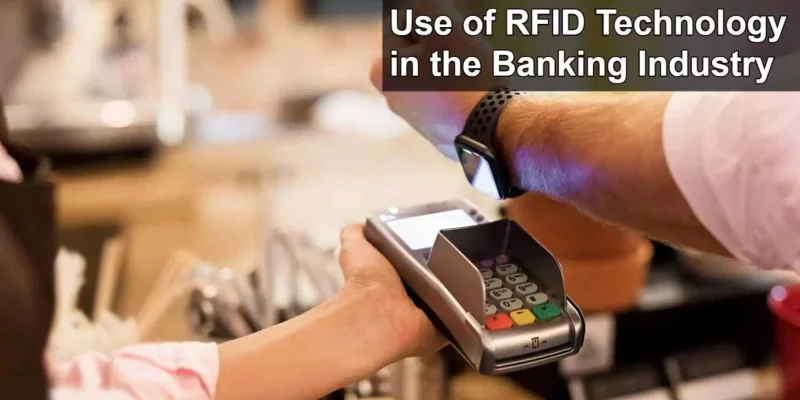
The Role of RFID in Banking and Financial Services 💳
The banking and financial sector is leveraging RFID to enhance security, streamline operations, and improve customer experiences.

1. Contactless Payments and Transactions
RFID-enabled credit/debit cards allow customers to:
✔️ Make fast, secure, tap-to-pay transactions without swiping or entering a PIN.
✔️ Reduce fraud with encrypted RFID data protection.
2. Smart ATMs with RFID Authentication
Banks are integrating RFID into ATMs for:
✔️ Faster cash withdrawals using RFID-enabled banking cards or mobile devices.
✔️ Secure biometric authentication for personalized banking services.
3. Enhanced Security and Access Control
RFID provides secure entry to bank vaults and restricted areas by:
✔️ Issuing RFID-enabled ID cards to employees.
✔️ Tracking employee movement for better security management.
4. Digital Asset Management and Document Tracking
Banks handle vast amounts of paperwork and sensitive assets. RFID helps by:
✔️ Preventing loss or misplacement of important documents.
✔️ Allowing real-time tracking of files and financial records.
5. Fraud Prevention and Identity Verification
RFID improves fraud detection by:
✔️ Preventing card cloning through encrypted data.
✔️ Enabling multi-factor authentication for online and offline transactions.
✔️ RFID is playing a critical role in modernizing banking operations, improving security, and delivering a seamless financial experience for customers.

Comments are closed